As reported by ZeroHedge recently, the NAR U.S. Pending Home Sales Index dropped 2.1 percent MoM in May, down 6.6 percent YoY.
To put these numbers into perspective, the current index is at 70.8, or 70.8 percent of the contract activity in the base year 2001. This is lower than any point during the 2008 financial crisis; even lower than 2020, when lockdowns brought markets to a screeching halt. This is the lowest level of contract activity in my lifetime.

Source : Zero Hedge
The position of new home buyers in 2024 is unprecedented. Not only are prices at record highs, but the new generation of prospective home buyers can’t remember a time without cheap mortgages. During the steep decline in pending sales between 2005 and 2007, the average 30-year fixed rate mortgage only increased by about one percent. Since January of 2021, the average 30-year fixed rate has increased by 4.21 percent.
The Retail Investors
News is trickling out into the press that the investors are offloading non-traded Real Estate Investment Trusts (REITS) , and the demand for withdrawals is causing a significant cash shortage for major players link Blackstone and Starwood.
Last January, InvestmentNews ran a piece on the REIT situation, which included an interview from an anonymous executive.
“What’s going to happen over the next couple of years when commercial mortgages come due, and who will pick up the pieces?” asked a senior industry executive, who asked not to be identified. “Where will they get their refinancing, and where will the REITs and real estate investors go to get their leverage?
“Right now, the firms that hold a bunch of those loans are the regional banks,” the executive said. “And those smaller banks can’t do it, especially after what happened last year. They won’t be able to refinance.”
I discussed the endemic problems in regional banks in a recent article, but this unnamed executive raises another good point: even if the managers can pay disbursements, how are they going to refinance? Any new real estate investments are going to be negatively leveraged for the foreseeable future.
What’s Next for Real Estate?
We’ve covered home buyers and retail investors, but what about big institutional investors? I suspect private equity real estate (PERE) funds are in a similar position to nontraded REITS. For those not in the know, REITS are trusts while PERE funds are usually limited partnerships with owner-managers (General Partners or GPs for short) and non-managing limited liability owners (Limited Partners or LPs for short). At the end of the fund’s life, the owner-managers are supposed to sell off the assets and pay out the proceeds to the LPs.
Managers have some leeway over ending funds, depending on how the terms were negotiated in the partnership agreement. Some agreements funds allow managers, acting in good faith, to hold on to properties a bit longer than the fund’s intended lifespan to increase returns.
There was plenty of time for managers to get ambitious during Covid, when rates were low, real estate values were soaring, and investors were fire hosing money into PERE funds. It was, no doubt, very tempting to hold properties a bit longer than expected and keep collecting management fees. But what about now when rates are high and the market’s gears are full of sand? Will there be buyers willing to eagerly snatch up these properties at the current cost of borrowing?
Since these are private funds, we don’t get access to the limited partner advisory committee meetings, but any whiff in the press of legal disputes over fund payouts and clawback provisions will be a sure indication that something is amiss.
Read the full article here


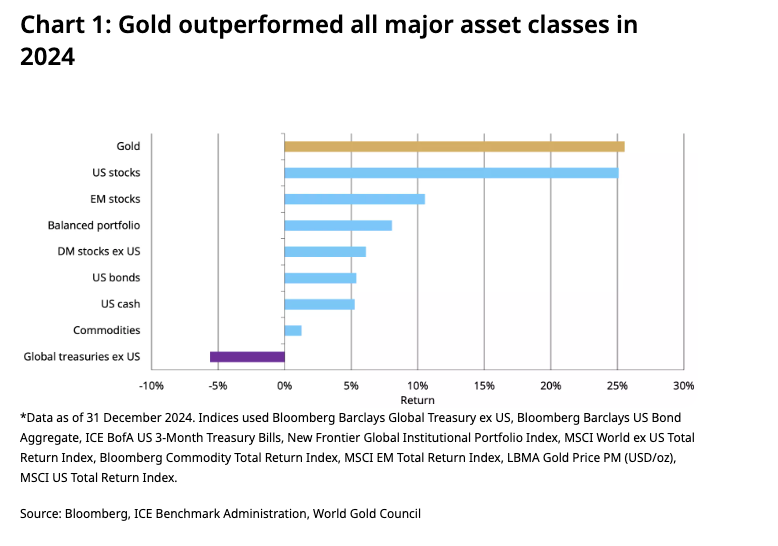
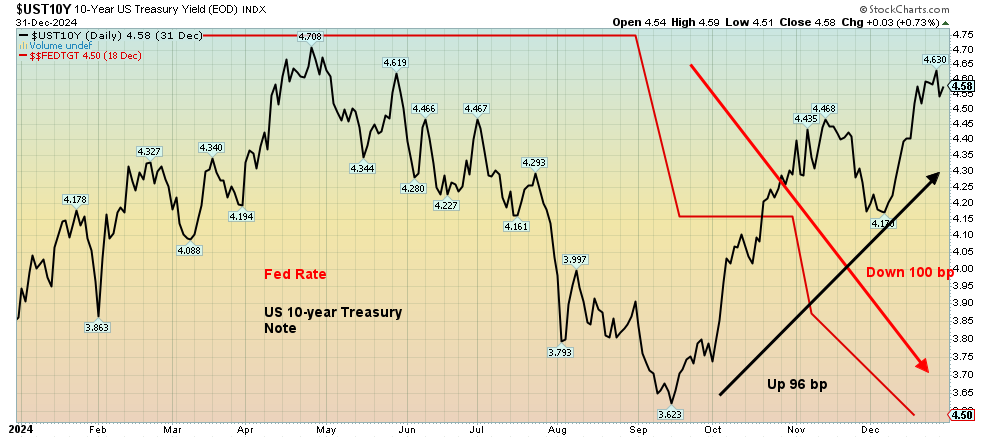
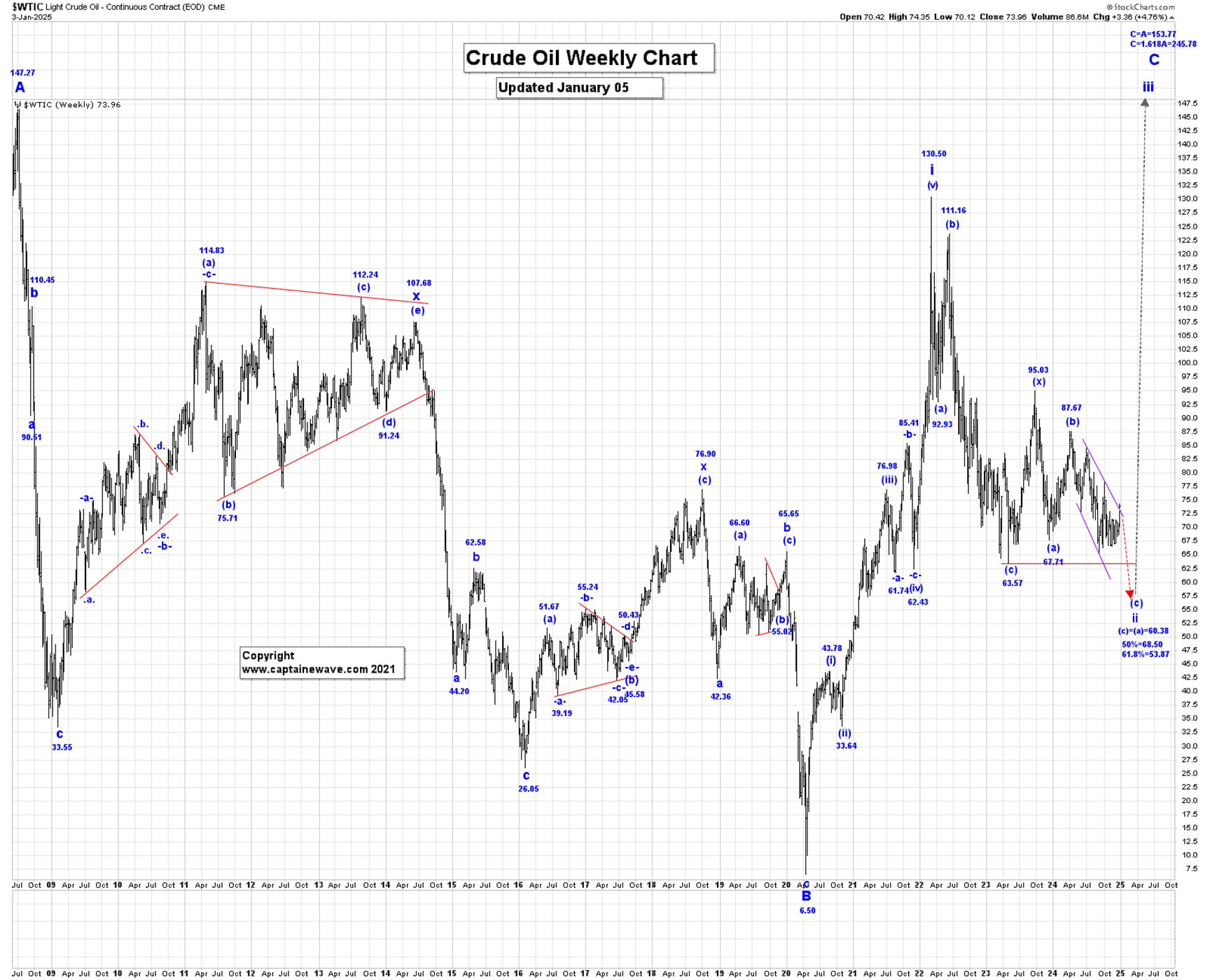
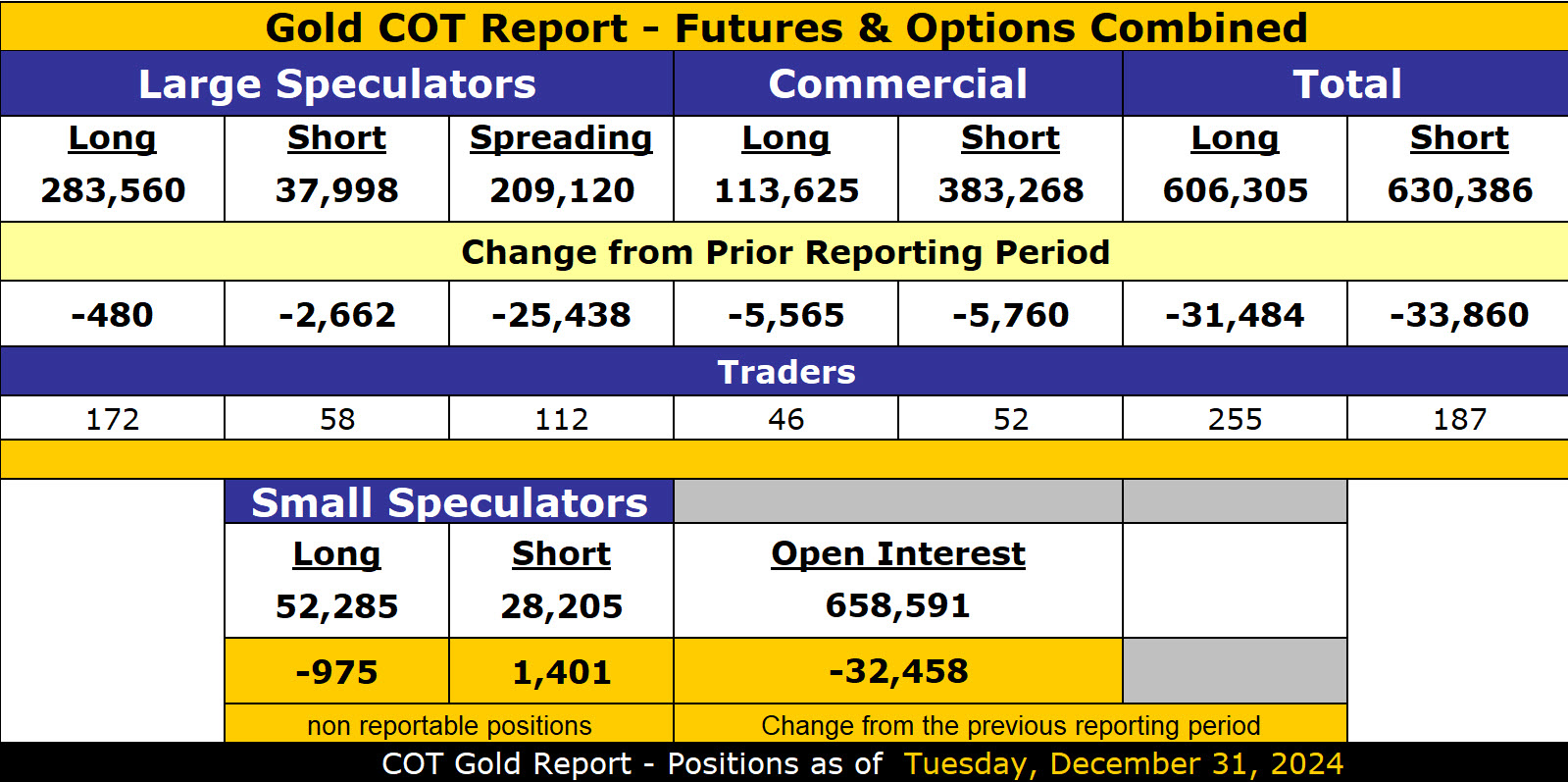
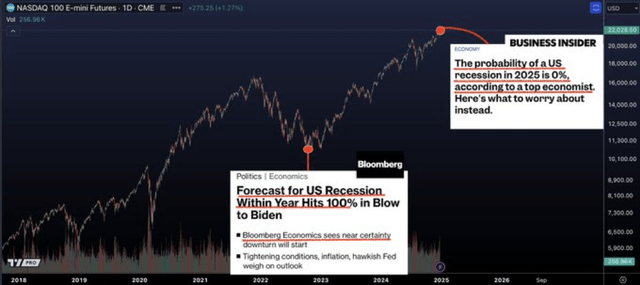
Leave a Reply